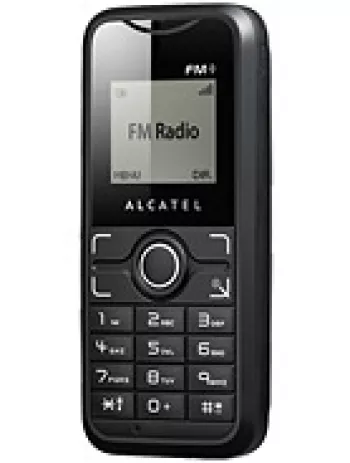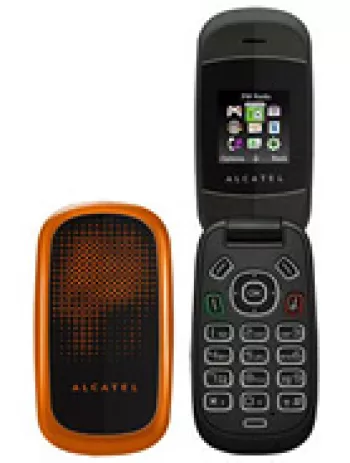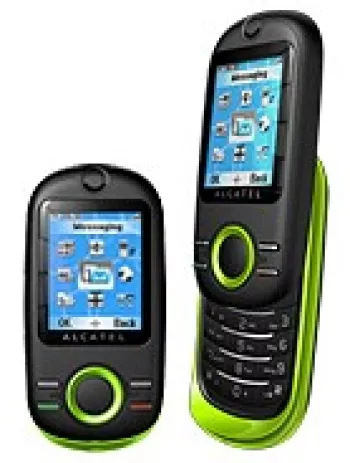
Introduction to Alcatel Pop 7
The Alcatel Pop 7 is a tablet released in the first quarter of 2014, aimed at offering basic functionality at an affordable price. It was intended to appeal to users looking for a budget-friendly, entry-level tablet that could handle everyday computing tasks. Despite its discontinuation, the device offers insights into the design and technology of tablets in the mid-2010s.
Network Capabilities
The Alcatel Pop 7 supports GSM and HSPA technology, allowing for standard cellular communication and internet access. Specifically, it accommodates 2G networks with bands of GSM 850/900/1800/1900 and 3G bands of HSDPA 900/2100. It offers internet speeds of HSPA 21.1/5.76 Mbps, which, while modest by today's standards, were relatively acceptable at its time of release.
Design and Build
With dimensions of 192 x 113 x 8.9 mm and a weight of 285 grams, the Alcatel Pop 7 is notably portable and lightweight. It was designed to be user-friendly, supporting a micro-SIM, making it a practical device for users who needed mobile connectivity on their tablets. The device's slim profile at 8.9 mm thick reflects a design trend toward portability, even in budget devices.
Display Features
The tablet sports a 7.0-inch TFT display with a resolution of 600 x 1024 pixels. These specifications translate into a pixel density of approximately 170 ppi, which offers a basic viewing experience adequate for general tasks like web browsing and reading. The screen-to-body ratio of 63.6% indicates a design focused on compactness rather than maximizing screen space.
Platform and Performance
Powered by the Android 4.2 (Jelly Bean) operating system, the Alcatel Pop 7 utilizes a Mediatek MT8312 chipset. It is equipped with a dual-core 1.3 GHz Cortex-A7 CPU and a Mali-400 GPU. This hardware configuration was suitable for basic tasks, but not designed for intensive applications or gaming. The device wasn't equipped to handle the demands of high-performance applications prevalent in later years.
Memory and Storage
The Alcatel Pop 7 comes with 1GB of RAM and 4GB of internal storage. These specs were limited, catering to users with minimal storage needs or those willing to utilize cloud solutions or expendable storage. Fortunately, the presence of a microSDHC card slot offers the option to expand the device's storage capacity, a beneficial feature for users required to store more content or applications.
Camera Specifications
For photography, the tablet is equipped with a basic 2 MP main camera capable of 720p video recording. Additionally, it offers a VGA front-facing camera for selfies or video calls. While these camera specifications are minimal, they were standard for budget-friendly devices at the time, providing users the ability to capture basic photos and videos under optimal lighting conditions.
Sound and Connectivity
The Pop 7 provides essential sound features, including a loudspeaker and 3.5mm audio jack, ensuring compatibility with most headphones and earphones. Connectivity options include Wi-Fi 802.11 b/g/n and Bluetooth 4.0 with A2DP support, which was adequate for wireless communication and media transfer at the time. However, it's worth noting that the device lacks NFC and radio capabilities.
Battery Life
The tablet is powered by a non-removable Li-Ion 3240 mAh battery. Its battery life offers up to 300 hours on standby for 2G networks and up to 70 hours on 3G, underlining its relatively conservative power consumption. These features ensure that while performance is limited, the device can last through a day of moderate use without frequent charging.
Conclusion
The Alcatel Pop 7 stands as a representation of budget technology in the 2010s, designed for users seeking an entry-level tablet with essential features. While it no longer competes with modern devices, it offers interesting insights into the evolving landscape of mobile technology and is remembered for its contribution to making technology accessible to a broad audience.
Key Features of Alcatel Pop 7
- Compact Design: Lightweight at 285 g and slim with 8.9 mm thickness.
- Large Display: 7.0-inch screen for comfortable viewing.
- Connectivity: Supports GSM/HSPA technologies for mobile networks.
- Expandable Storage: microSDHC slot available for additional memory.
- Dual-core Processor: Equipped with a Dual-core 1.3 GHz Cortex-A7 CPU.
- Cost-Effective: Originally priced at about 160 EUR.
- GPS Functionality: Built-in GPS for navigation purposes.
- Audio Features: Includes a loudspeaker and 3.5mm headphone jack.
Alcatel Pop 7 Drawbacks
- Outdated operating system: Android 4.2 (Jelly Bean).
- Limited internal storage capacity: 4GB with 1GB RAM.
- Low screen resolution: 600 x 1024 pixels with ~170 ppi density.
- Basic dual-core CPU: 1.3 GHz Cortex-A7.
- Limited camera capabilities: 2 MP main camera and VGA selfie camera.
- Non-removable battery with moderate capacity: 3240 mAh.
- Lack of modern connectivity features: No NFC and no radio.
- Discontinued model, making it hard to find new units or support.
- No additional sensors for enhanced functionality.


View Also
More Phones
All Rights Reserved +14268 Phones © Mobilawy 2025

























